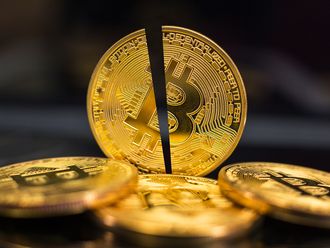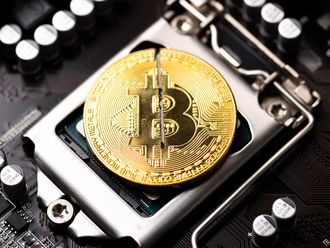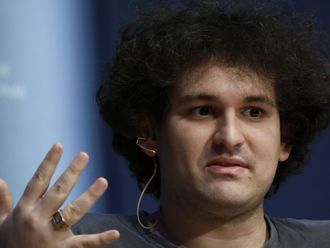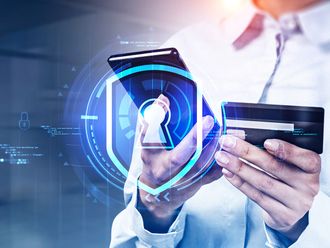Last week’s example of virtual coffees and digital chocolate sparked quite an interest as it attempted to make the complicated term blockchain approachable. Yet it still left many open questions. Hopefully this week’s “round two” will help you get a practical grasp on it.
Let me remind you: in essence, blockchain technology allows parties — that could be you, me or a global multinational — to transact money or data directly without the need for a middleman. Its first case use was as the public ledger for bitcoin, but its applications today are limitless. The development is exciting, disruptive — world-changing even.
If only us commoners knew what it was.
Let’s be honest here, the term boggles minds. As I highlighted last week, blockchain might have become a mandatory buzz word at boardrooms and conference halls across the world, but worryingly few of us actually know what it means, let alone how to use it (not that that stops us from talking like we do).
But there’s hope for us all. Let’s not forget; it wasn’t so long ago that the concept of the “internet” was just as perplexing. Or, as one dictionary definition describes it: “A global computer network providing a variety of information and communication facilities, consisting of interconnected networks using standardised communication protocols”.
It’s not surprising that with technical-speak like this, ground-breaking innovations that are in fact quite simple to use can deter even the most courageous of us from giving them a go. But look what can happen with time: Who would have thought that a couple of decades on from its creation, five-year-olds can now navigate the digital world with ease? In fact, for many kids of today, it’s the only world they know.
So, when it comes to getting to grips with blockchain, don’t be daunted.
First, let’s not be thrown by the term: yes, somewhere down the line blocks-and-chains are involved, but frankly, they don’t matter. What does, is the idea of a shared ledger — that is, a public record of transactions. This basically means that each party in a transaction doesn’t need to keep their own books. Instead, they share and are equally responsible for just one.
“Why is that important?” ... you might ask. Well, because transparency fosters trust and fuels speed of interaction. Whatever your industry and whatever the shape and size of your company, business today demands a multitude of transactions between companies and individuals who, let’s face it, may have no reason to trust each other in the first place.
That’s why we typically rely on intermediaries. Think of banks.
But what if we could carry out financial transactions without a bank in the middle taking its cut? That’s where blockchain comes in. Where command-and-control characterise conventional transactions, speed and participation are defining features of blockchains.
Consider how your company’s conventional bank transfers happen: you notify your bank that you want to make a transfer. Your bank then moves the money to a clearing house which tracks all transfers, before your money is deposited in your recipient’s bank. The process is complete, but it has been costly, not to mention time-consuming.
Blockchain removes the middleman, which speeds up the transactions. This is only possible because its created a trustworthy, transparent platform. And it’s not all about the money; blockchain has an invaluable role to play where data is concerned too.
The value of data lies in the insight that can be derived from it — and that value can exceed monetary worth. Google latched on to this reality long ago. Since day one, Google’s services have been offered to users free of charge because the company knows that the data it collects is infinitely more valuable than any potential revenue from fees.
Of course, in the GCC, we understand the value of data too, but as a region that prioritises privacy, we have a problem sharing it — and that matters because data is the currency that will drive smart city growth and our progress of businesses like yours and mine.
Just like finance, the data question is all about trust. Blockchain enables you to make your data accessible to selected entities in a network, while preserving your privacy and removing the risk of your prized IP falling into unwanted hands. By sharing, but without revealing too much, you’ll be able to speed up.
So, what’s stopping you? Remove the block-and-chain from your mind and start trusting in a platform that could transform the way you work.
—The writer is a CEO coach and author of “Leadership Dubai Style”. Contact him at tsw@tommyweir.com











